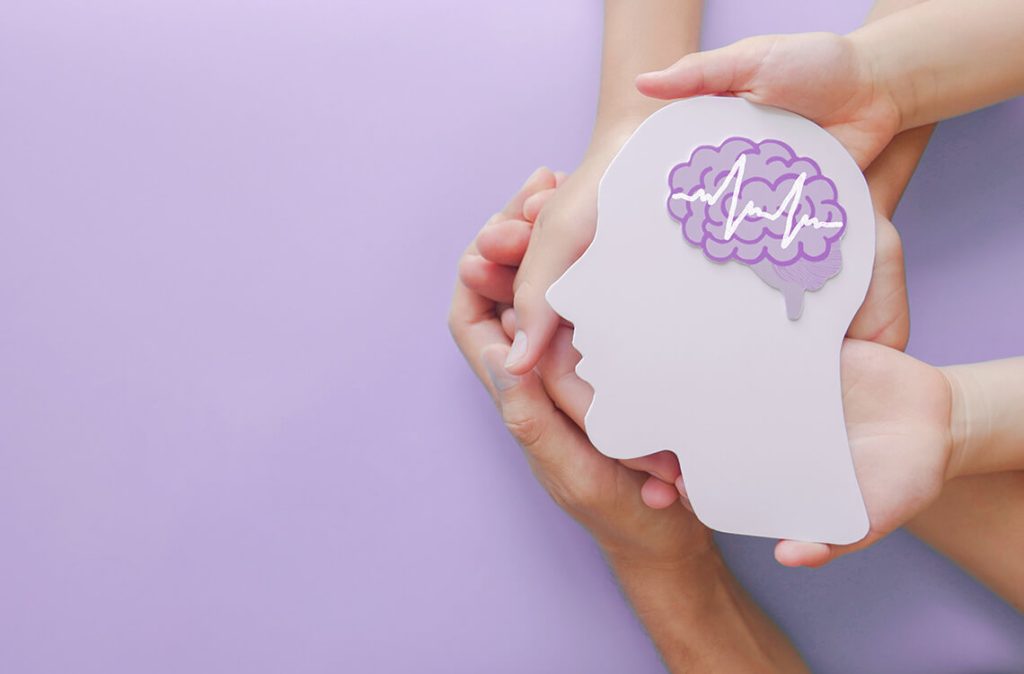There is so much stigma surrounding the medical condition known as epilepsy, which affects 7.8 out of 1000 people in Malaysia.
This figure may or may not seem like a lot, but it really depends on who you ask.
However, it also means that not many people may know much about epilepsy.
Other than what is portrayed in the media, that is. Which is undoubtedly false and exaggerated most of the time.
To know more about why there’s so much stigma around epilepsy, we need to first learn some history.
The History of Epilepsy Stigma
While awareness of epilepsy is much more widespread than it was a few centuries ago, this wasn’t always the case.
Just like with anyone who had a disability back then, prejudice and persecution were unfortunately commonplace.
Those who suffered from seizures were thought to carry contagious diseases and shunned by majority of the public. While some others believed epileptic episodes in young girls were a sign or symptom of witchcraft.
Many were killed for being epileptic or indirectly as the result of epilepsy.
Coupled with the fact that medical knowledge was scarce and incorrect, improper intervention caused death, mistreatment and even life-long disability.
People with untreated seizures in these cases were not known to survive past a certain age.
But probably what’s worse than stigma is a lack of awareness.
The public would be more accepting of epileptic individuals if they knew what it was, the challenges that come with the condition, as well as what they can do to help someone who is having seizures.
Current Struggles of Epileptic Individuals
Medical professionals and people in general need to spread awareness of epilepsy by helping the public understand just what exactly epileptic people go through on a daily basis.
The first challenge is the seizures themselves, which comes in a variety of types depending on which part of the brain is affected.
This means epileptic episodes may not even look the same between two epileptic patients.
Some seizures don’t cause a patient to lose consciousness either, and some without any muscle jerks, which is something perhaps not many expect when it comes to epilepsy.
On the other hand, some seizures may last a longer time and can cause the body to contort in various uncomfortable positions.
In cases like these, the individual may come off of an episode with bruises, pain and all sorts of bodily discomforts.
For example, a grand mal seizure. It causes a loss of consciousness and violent muscle contractions. It’s the type of seizure most people picture when they think about seizures.
Another thing that not many people may talk about is the medication.
After a diagnosis, an epileptic patient needs to try out several types of drugs before they find the right one(s) that can help control their unique condition.
Moreover, they may come with various unpleasant side effects like nausea, abdominal pain, dizziness, sleepiness, irritability, anxiety, or mood changes.
Finally, stress can make symptoms worse, even with medication.
Hence, an epileptic individual (especially so among children) needs to be able to control their emotional states if they want to manage their symptoms.
And this starts with promoting a safe and accepting environment for them at home and at school.
A good way to do this is by dispelling some common myths about epilepsy.
Epilepsy Myths
Here are just some common myths and misconceptions about epilepsy that are simply false:
- People with epilepsy are mentally ill or intellectually/developmentally disabled
- Epilepsy is contagious
- People with epilepsy are disabled and not able to work, or shouldn’t have jobs with responsibility
- If someone is having a seizure, you should put something into their mouth to prevent them from choking
- You should restrain someone having a seizure
- All seizures involve convulsions
- Videogames or strobe lights will trigger seizures in all epileptics
- You can’t die from epilepsy
Epilepsy in Children: How Adults Can Help
If your child is diagnosed with epilepsy there is a strong chance that they will feel some prejudice from their peers and even teachers.
It’s important to manage stigma around childhood epilepsy so that your kids can have a happy, normal childhood as well as learn and play in a stress-free environment.
Role of Parents
Parents should inform teachers and the school they send their kids.
Normalising the condition at home becomes number one priority.
This can help the child not to feel ashamed, scared or resentful of their condition should an episode occur.
Role of Teachers
Teachers play an integral role in discouraging epilepsy stigma at school.
Parents can be with their children 24/7 and it’s the school’s job to make sure epileptic students are well taken care of.
Ideally, all teachers should be educated on childhood epilepsy in the event an epileptic child is enrolled.
Role of Schools
If kids are being bullied by their peers because of their condition, schools must take action to stop the cycle of violence.
Epileptic children who experience bullying are exposed to higher levels of stress hormones.
This may trigger more frequent epileptic episodes that can severely reduce their quality of life.
Making the World Safer for People Living with Epilepsy
Epilepsy can be life-threatening if not managed properly. However, unlike many hereditary conditions, stigma can actually make symptoms worse.
Especially if it causes significant stress for the patient.
Let us make the world a safer place for individuals with epilepsy, one small change at a time.
Disclaimer: The information provided in this article is for informational purposes only and should not be considered as medical advice from Motherhood. For any health-related concerns, it is advisable to consult with a qualified healthcare professional or medical practitioner.
For more insightful stories and fun recipes, stay tuned to Motherhood Story!
